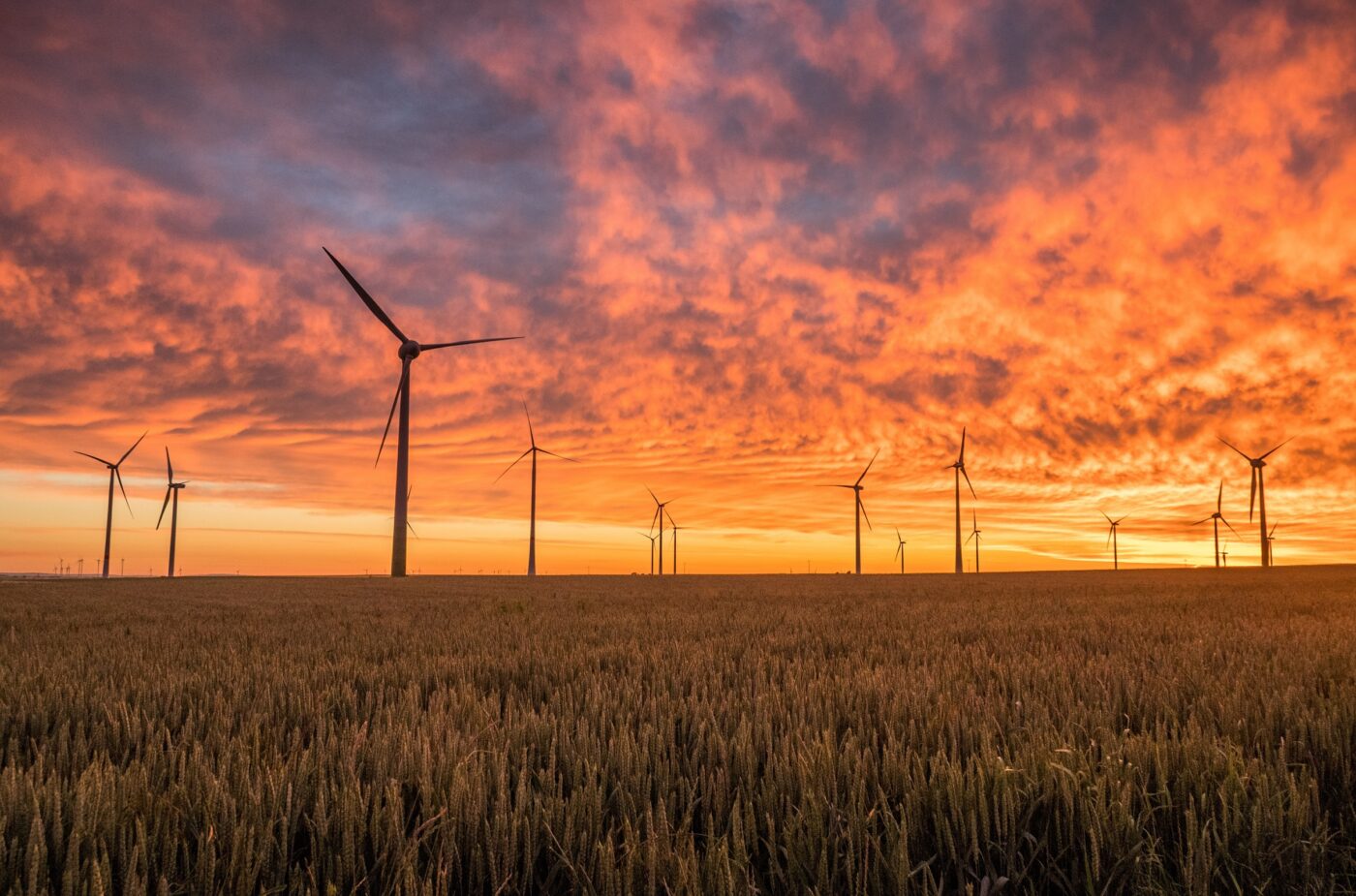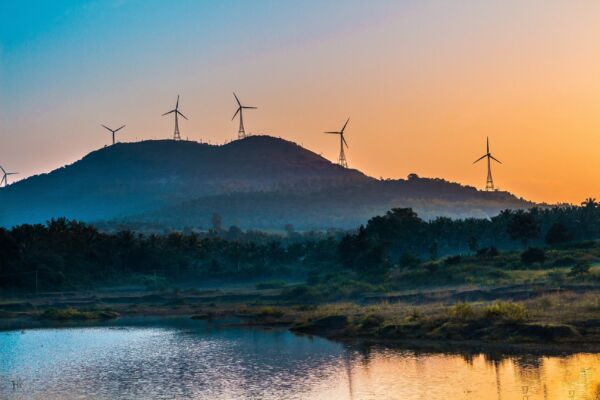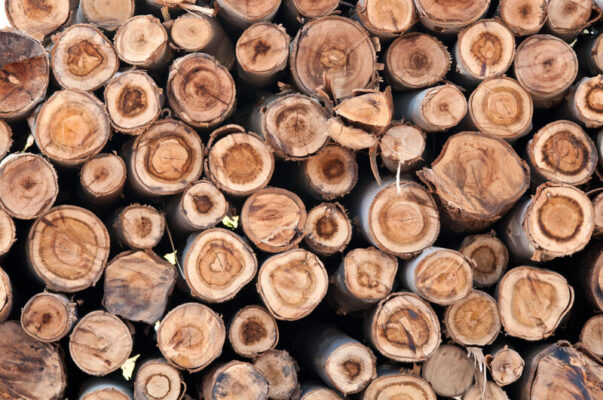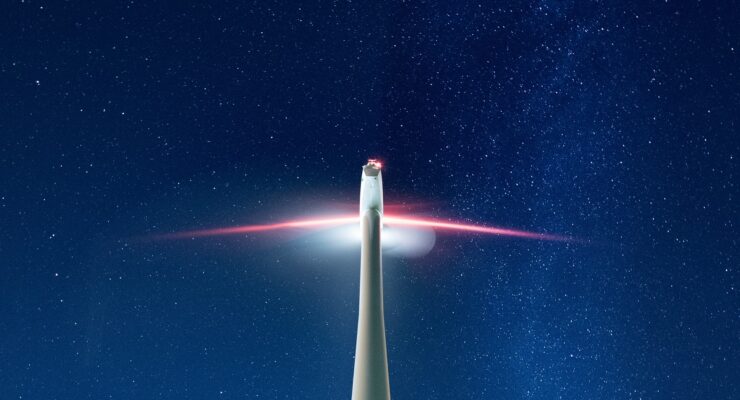Wind energy plays an important role in reducing carbon emissions and the long-term impact of climate change. Capacity is expected to grow in the coming years, benefiting the wind sector. In part one of this series, we shed light on some recent wind innovations set to change the game, yet there are a few more that also deserve the spotlight.
In this article, we introduce you to some truly noteworthy innovations that are, without a doubt, reimagining what we thought is possible in the wind energy sector.
No blades, no problem
Typically, wind turbines tend to have a reputation for being somewhat of an eyesore – most likely due to their enormous stature and the noise they can produce.
Bladeless turbines have been designed to generate energy from vibrations alone, using aerodynamic racecar technology to amplify airflow and produce 24-hour energy under any weather conditions. And the best part is that they are smaller and quieter – thus less harmful to wildlife – and produce energy on site. In order to obtain energy from the strongest gusts, they are fixed to the side of a building, and can even generate power from wind as low as five miles an hour and can serve as complementary sources of renewable energy along with solar panels, for instance, in residential areas.
So far, two companies have risen as pioneers of turbines without blades – Spanish start-up, Vortex Bladeless and Texas-based Aeromine.
Floating with the wind
Offshore wind contributes enormously at a socioeconomic and environmental level, making it one of the most crucial green energy sources.
Floating wind power devices have been around for more than a decade, however, not all proposed designs made it to sea. In fact, there was a lot of pushback for anything but field-proven offshore technologies, which were deemed less commercially risky, albeit ginormous and very heavy.
Thus, existing floating offshore wind turbines encounter serious supply chain issues, alongside the need for specialized infrastructure and deepwater ports. Therefore, a US start-up, T-Omega Wind (TOW) has taken the leap in designing a revolutionary offshore wind turbine that floats on water. It is also significantly lighter, making it much easier to be swapped out and brought to shore for maintenance and repairs.
The power’s in the wall
Today, most of our wind power comes from large-scale wind farms set up on rolling hills, windy coastlines, or deep waters. Bladeless wind turbines have already proven that we can also build wind turbines in cities, yet another innovation might just be hiding in plain sight.
We are talking about harnessing wind power from a wall. American designer, Joe Doucet is the mastermind behind the kinetic art installation, which is not only aesthetically pleasing but can generate clean, renewable energy on site. The wind panel wall prototype is made of a grid of square panes that spin simultaneously along 25 axes and can power a single-family home, which typically consumes as little as 10,000 kW-hours per year.
A truly ingenious functional and aesthetic solution designed for urban life and cities that can be prone to high winds or lack the necessary amount of sunlight for solar panels to be beneficial.



